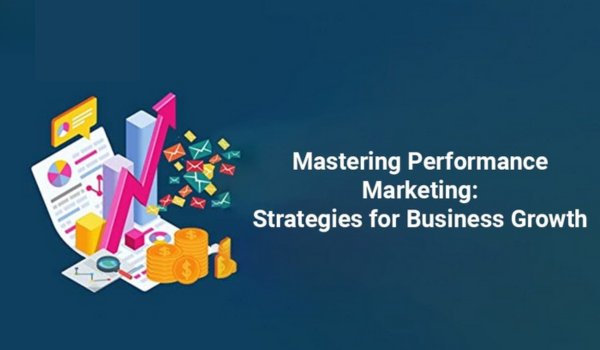Introduction:
In today’s fast-paced digital landscape, mastering performance marketing is essential for businesses aiming to thrive online. Unlike traditional marketing approaches that rely on broad messaging and vague metrics, performance marketing is all about delivering measurable results. From driving website traffic to generating leads and increasing sales, mastering performance marketing requires a strategic approach and a deep understanding of your target audience. In this blog post, we’ll explore key strategies for success in performance marketing and provide actionable insights to help you optimize your campaigns for maximum impact.
Setting Clear Objectives:
The first step in mastering performance marketing is setting clear objectives. Whether your goal is to increase website traffic, boost conversions, or improve brand awareness, defining specific, measurable goals is crucial. By establishing clear objectives, you can tailor your marketing efforts more effectively and track your progress towards achieving them.
Audience Segmentation and Targeting:
Audience segmentation and targeting are fundamental aspects of performance marketing. By understanding your target audience’s demographics, interests, and behaviors, you can create more personalized marketing campaigns that resonate with them. Utilize data analytics tools and customer insights to segment your audience effectively and tailor your messaging to different audience segments.
Choosing the Right Channels:
Performance marketing encompasses a wide range of channels, including PPC advertising, social media marketing, email marketing, and more. Choosing the right channels for your campaigns depends on factors such as your target audience, budget, and campaign objectives. Conduct thorough research to identify which channels are most effective for reaching your target audience and allocate your resources accordingly.
Creative and Messaging Optimization:
Compelling creatives and messaging are essential for capturing your audience’s attention and driving engagement. Experiment with different ad formats, visuals, and messaging to see what resonates best with your target audience. A/B testing is a valuable tool for optimizing your creatives and messaging to improve performance over time.
Tracking and Analytics:
Tracking performance metrics and analyzing data are critical components of mastering Goal-driven marketing. Implement tracking tools such as Google Analytics or Facebook Pixel to monitor key metrics such as website traffic, conversion rates, and ROI. Use data analytics to gain insights into your audience’s behavior and make data-driven decisions to optimize your campaigns for better results.
Budget Allocation and ROI Measurement:
Effective budget allocation is key to maximizing your ROI in Goal-driven marketing. Allocate your budget strategically across different channels and campaigns based on their performance and potential for ROI. Regularly monitor your campaigns’ performance and adjust your budget allocation accordingly to ensure you’re getting the most out of your marketing spend.
Conclusion:
Mastering Goal-driven marketing requires a combination of strategic planning, audience insights, creative execution, and data-driven optimization. By setting clear objectives, segmenting your audience effectively, choosing the right channels, optimizing your creatives and messaging, tracking performance metrics, and allocating your budget wisely, you can enhance the effectiveness of your performance marketing campaigns and drive measurable results for your business. With the right strategies and continuous optimization, you can master performance marketing and achieve success in today’s competitive digital landscape.















